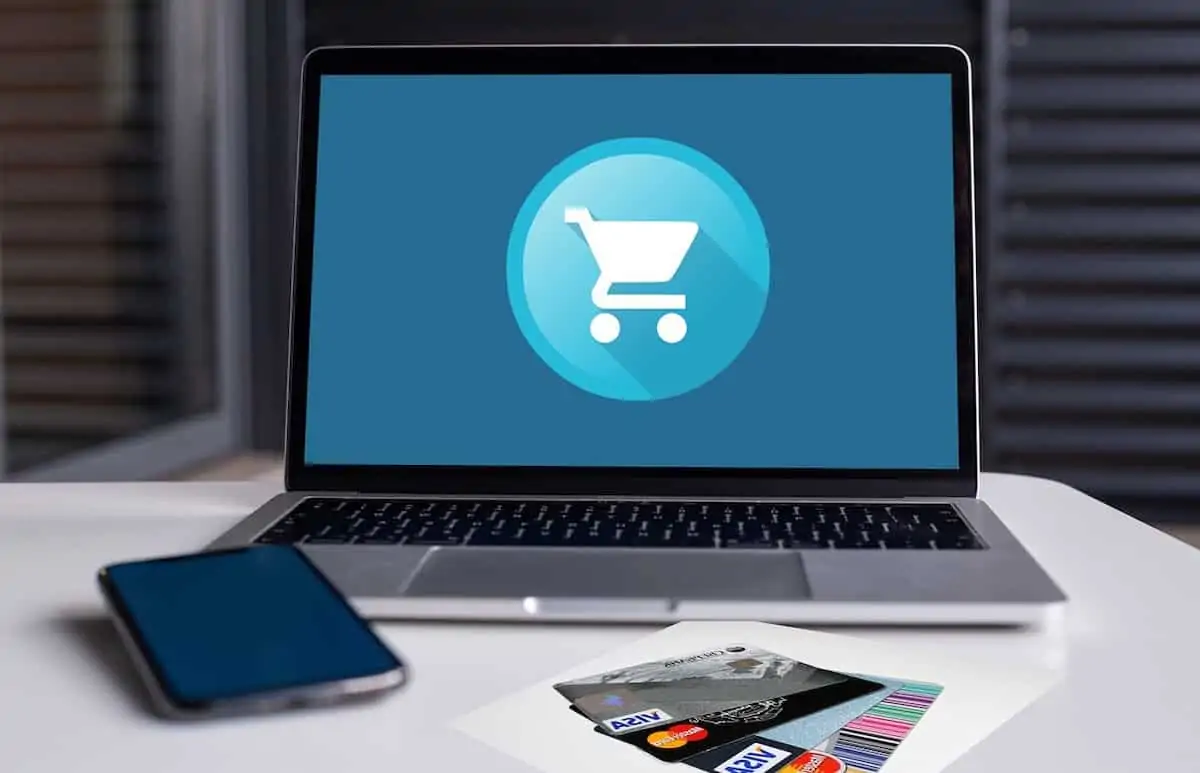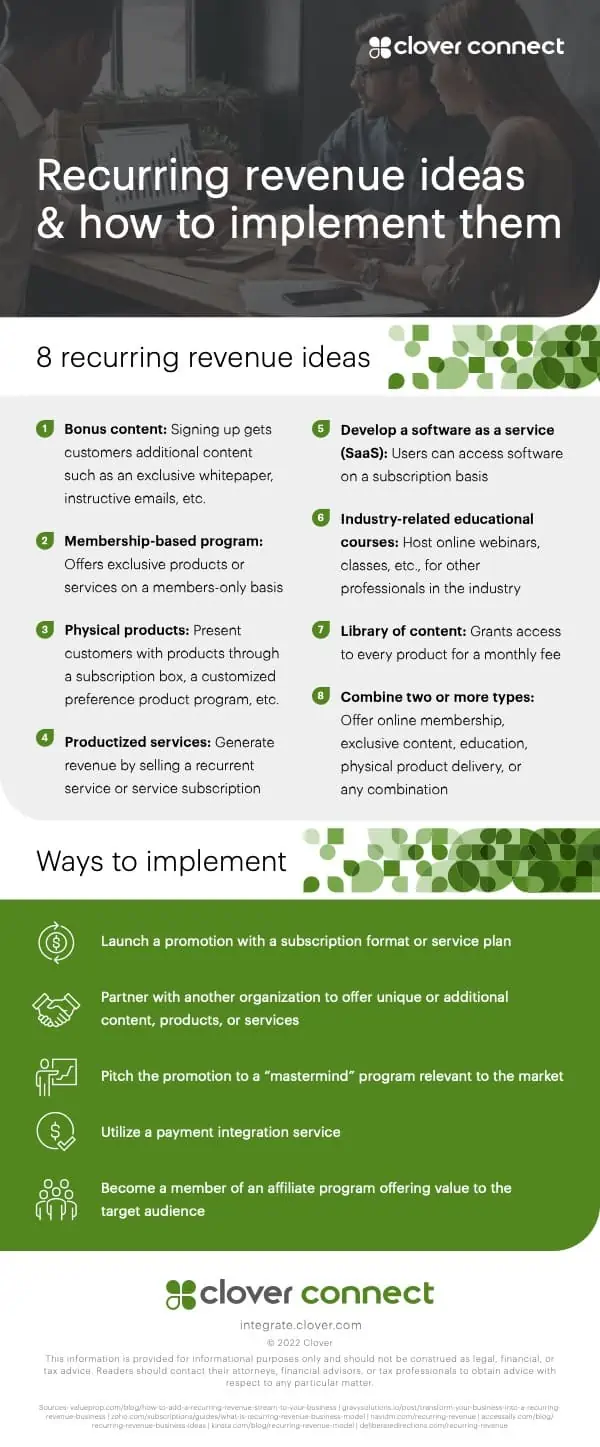The shift from offline retail to online businesses is an unstoppable trend. The E-commerce business model arrived decades ago, and its relevance now booms in the current advancement of technology.
Now, more and more entrepreneurs are building and starting their e-commerce businesses. For your e-commerce business to have a greater chance of success, you need to think long and hard about what E-Commerce business model you’re going to pursue.
Understanding Business Models
A business model is a plan on how your business can make money. It outlines how your business will deliver value to your customers, descriptions of your services and products you plan to sell, and who your target market is.
Having a good business model allows you to experiment, model, and test different ways to revenue streams and structure costs. And for those starting out, a business model can help determine if your business idea is viable, can attract investors, and can guide overall management strategy.
3 Considerations on Choosing The Right E-Commerce Business Model
Check out these considerations on choosing the right e-commerce business model:
Who are the buyers?
First, you need to consider who you’re selling to. There are four major business classifications in terms of who your buyers are:
- Business to Consumer (B2C)
The most common business classification, B2C, refers to selling your service or product directly to a consumer or individual who will actually use it. An example of this is when you buy a dress or accessory from a retailer online.
- Business to Business (B2B)
B2B refers to the selling of services or products from one business to another. Businesses involved in a B2B model are usually wholesalers, distributors, and manufacturers.
An example of this is getting wholesale products for Amazon, which connects businesses directly with a wholesale supplier or manufacturer. Selling directly to other businesses means that orders are typically larger, meaning you ship a lot more products.
- Consumer to Consumer (C2C)
C2C refers to transactions between consumers. With this business model, individuals can sell, buy and exchange services or goods. Individuals often use a marketplace such as eBay or Etsy to buy and sell items.
- Consumer to Business (C2B)
A relatively new concept thanks to the advent of the Internet, a C2B business model refers to an individual selling services or products to a business. Individuals typically utilize freelancer platforms like Fiverr and Upwork to offer services and goods.
What are you selling?
After understanding who your buyers are, the next thing to consider is what you’re going to sell to your buyers. Here are the general categories:
- Physical Items
Selling physical products online is the most traditional form of e-commerce. Physical items make up the majority of products sold online— from electronic equipment to food items.
- Services
You can also offer your own personal skill set to provide solutions to challenges and problems your customers can’t solve themselves. Typical services include creating advertising campaigns, product photography, content creation, office management, and more.
- Digital Goods
Thanks to the advancements of technology, selling digital items are also becoming more popular as an e-commerce business. Examples of the digital items you can sell online include music, applications, eBooks, movies, and video games.
How will you acquire what you sell?
Once you know what you’re selling, the next question is how you’ll acquire the items or services? There are five ways of acquiring your product:
- Private Label
Most new e-commerce business owners have this great product idea but without internal resources or the capacity to manufacture their products. Thus, they order from manufacturers then labeling, marketing, and selling them under a private label.
A private label product is branded, developed, and sold by a single company, which stands out from its competitors. A private-label brand owns the specifications, design, and, production technique. It has the exclusive rights to sell under their private brand.
- White Label
In a white label business model, you sell a generic product from a supplier using your private name and your own packaging. The advantage of using this product model is that you can sell items that are already popular and sells well.
White label businesses are also free from quality control and manufacturing management, but you tend to deal with extensive competition. Since there are various product resellers, you can have a hard time making an edge in terms of unique selling points and marketing techniques to differentiate yourself.
- Buying Wholesale
Wholesaling is a business model where you can offer products in bulk quantities at discount rates. In general, wholesaling was used primarily on B2B models; however, anyone can now offer wholesale as a B2C or C2B practice thanks to the internet.
The problem with wholesaling is that it requires a lot of capital initially. You’ll need inventory, warehouse space, and the tools to track orders and shipping.
- Dropshipping
The simplest e-commerce business model, a dropshipping business, simply means you function as the middleman, connecting a buyer to a manufacturer. Essentially, you just provide an online store where customers can buy products, take orders, and are then fulfilled by the manufacturer or supplier.
Your e-commerce business won’t have to store items, and you need not stress yourself with product logistics and shipping since the supplier or manufacturer will do that for you. Also, this model allows you to quickly scale your business, and the ability to sell a variety of items.
- Making Your Own
The last product model is to make your own products. This is time-consuming, and makes it difficult for your business to scale. However, consumers like this method thanks to the quality and value of the product you’re making.
Although time may be a limiting factor, you don’t have to deal with supplier or manufacturing costs. And you get to have direct control over the quality of the products you’re making. This model also works well with C2C and can be successful utilized with platforms like Etsy.
Conclusion
And there you have it. Before finalizing which e-commerce business model you’ll use, make sure to answer all questions from above.
Take your time in deciding since the wrong combination can result in business failure. However, getting them right means you don’t just set up your business to succeed, but also ensure it stays for the long term with fruitful rewards.


